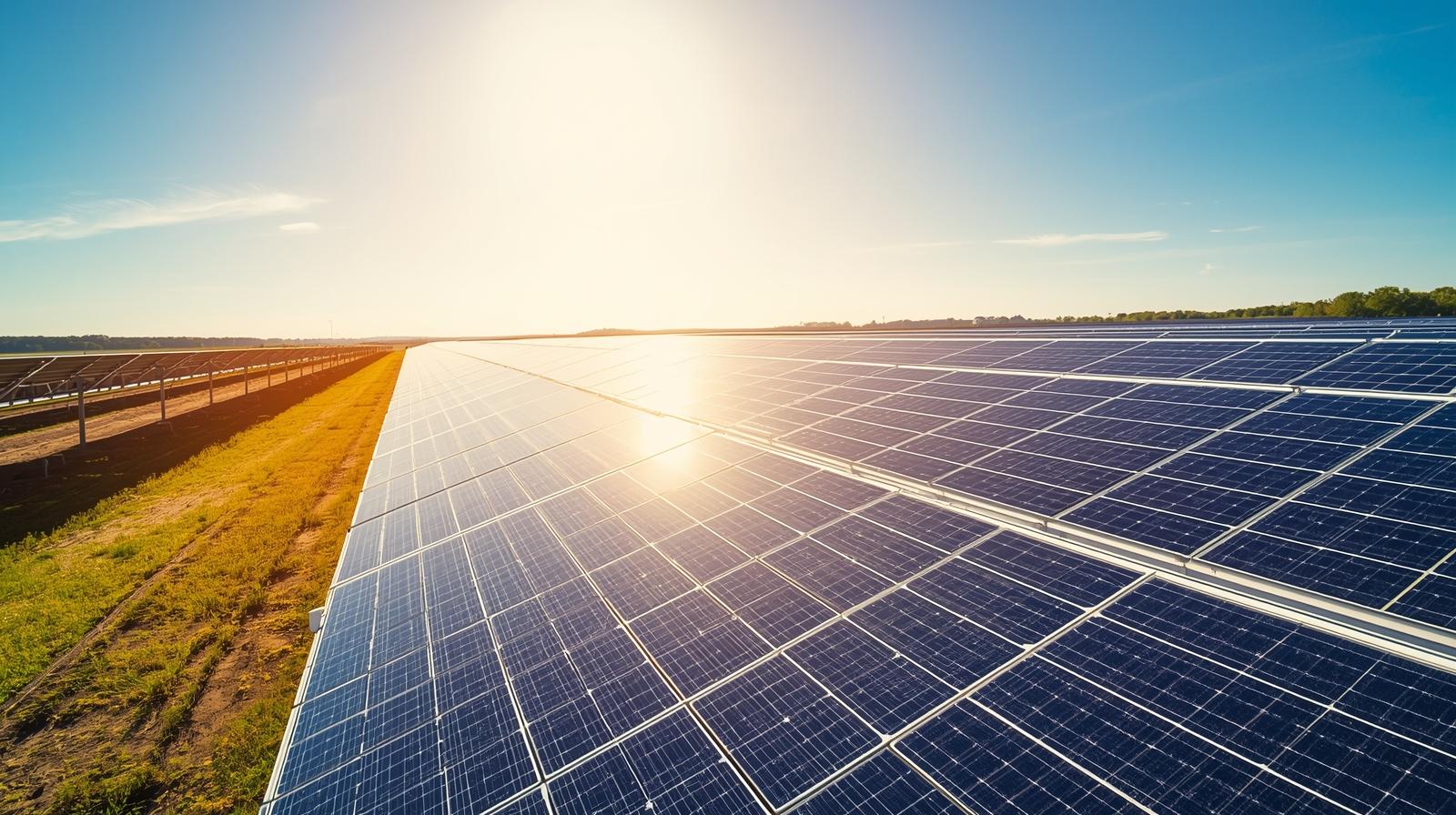The global photovoltaics (PV) market is experiencing rapid expansion as the world shifts toward cleaner, renewable energy sources. Photovoltaic technology, which converts sunlight directly into electricity using semiconductor materials, has emerged as a cornerstone of the global energy transition. With rising concerns about climate change, escalating energy demand, and the need for sustainable power generation, the PV industry has become a crucial contributor to global decarbonization efforts. As technological innovations continue to improve efficiency and lower costs, the photovoltaic market is set to achieve remarkable growth in the coming years.
Download PDF Brochure @ https://www.marketsandmarkets.com/pdfdownloadNew.asp?id=428

Market Overview
The photovoltaics market has evolved from a niche energy segment into one of the fastest-growing components of the global renewable energy industry. Increasing government support, financial incentives, and ambitious renewable energy targets have accelerated large-scale solar adoption across both developed and emerging economies. The market encompasses various technologies, including crystalline silicon (c-Si), thin-film, and emerging perovskite solar cells, all of which cater to diverse applications ranging from residential rooftops to utility-scale solar farms. The continuous decline in the cost of PV modules, coupled with advancements in manufacturing processes and storage solutions, is making solar power increasingly competitive with conventional fossil fuels.
Key Trends Shaping the Photovoltaics Market
One of the most notable trends in the global photovoltaics market is the shift toward high-efficiency solar cells. Manufacturers are increasingly adopting advanced technologies such as passivated emitter and rear cell (PERC), heterojunction (HJT), and tunnel oxide passivated contact (TOPCon) cells to enhance energy conversion efficiency. This trend aligns with the growing emphasis on maximizing power output while minimizing land and material use. Another key trend is the integration of PV systems with energy storage solutions. The combination of solar panels and battery technologies enables consumers and industries to store excess energy for use during periods of low sunlight, improving grid reliability and energy independence.
Floating solar installations are also gaining traction, particularly in regions with limited land availability. These systems, deployed on water bodies such as reservoirs and lakes, not only optimize space but also improve module efficiency through natural cooling effects. Furthermore, the rise of building-integrated photovoltaics (BIPV) represents an innovative approach to merging aesthetics with functionality, as PV modules are incorporated directly into building materials such as roofs and facades.
Growth Drivers of the Photovoltaics Market
The global photovoltaics market is being propelled by multiple growth factors. The primary driver is the increasing global demand for renewable energy, driven by growing environmental awareness and government initiatives to reduce greenhouse gas emissions. Policies such as feed-in tariffs, renewable portfolio standards, and tax incentives continue to promote large-scale PV deployment across major economies. Additionally, the declining cost of solar technology has made photovoltaics an economically viable option for both residential and commercial users.
Technological advancements in materials science and manufacturing are significantly enhancing solar cell performance while reducing production costs. Innovations in bifacial modules, which capture sunlight from both sides, and transparent solar panels are opening new avenues for energy generation. The growing adoption of decentralized energy systems, supported by the integration of smart grids and digital monitoring tools, is further boosting the demand for PV systems. Moreover, increasing investments in infrastructure modernization and electrification in developing regions are creating vast opportunities for market expansion.
Regional Insights
Asia-Pacific currently dominates the global photovoltaics market, led by countries such as China, Japan, India, and South Korea. China remains the largest producer and consumer of solar energy, supported by strong policy frameworks, advanced manufacturing capabilities, and massive investments in renewable infrastructure. India’s ambitious solar energy goals under its National Solar Mission are also contributing significantly to regional growth. In Europe, nations like Germany, Spain, and the Netherlands are witnessing substantial PV deployment, driven by supportive policies and rising consumer preference for sustainable power sources. North America, particularly the United States, is experiencing a surge in solar installations across both residential and utility sectors, encouraged by state-level renewable energy standards and corporate commitments to sustainability.
Future Outlook
The future of the global photovoltaics market looks highly promising as innovation, investment, and environmental awareness continue to accelerate adoption. As countries work toward achieving net-zero emissions, the role of solar energy will become increasingly central to national energy strategies. Continued advancements in solar cell efficiency, energy storage integration, and digitalization will enhance system performance and reliability. Emerging technologies such as perovskite solar cells and tandem cell designs are expected to revolutionize the industry by offering higher efficiency at lower costs.
In addition, the integration of artificial intelligence (AI) and the Internet of Things (IoT) in PV systems will enable predictive maintenance, energy optimization, and real-time performance monitoring. With increasing electrification of transportation and industrial sectors, the demand for solar-generated electricity will continue to rise. As sustainability becomes a global imperative, the photovoltaics market is poised to play a transformative role in shaping the future of clean energy, driving economic growth, and fostering a resilient, carbon-neutral world.
Related Reports:
Microgrid Market by Power Generator, Energy Storage System, Controller, Grid-connected, Off-grid, Solar PV, Fuel Cell, Combined Heat and Power (CHP), Natural Gas, Remote Area, Utility and Military Facility – Global Forecast to 2030
Microgrid Controller Market by Connectivity (Grid-connected, Off-grid), Offering (Hardware, Software & Services), End User (Commercial & Industrial, Military, Government, Institutes & Campuses, Healthcare) and Region – Global Forecast to 2029
